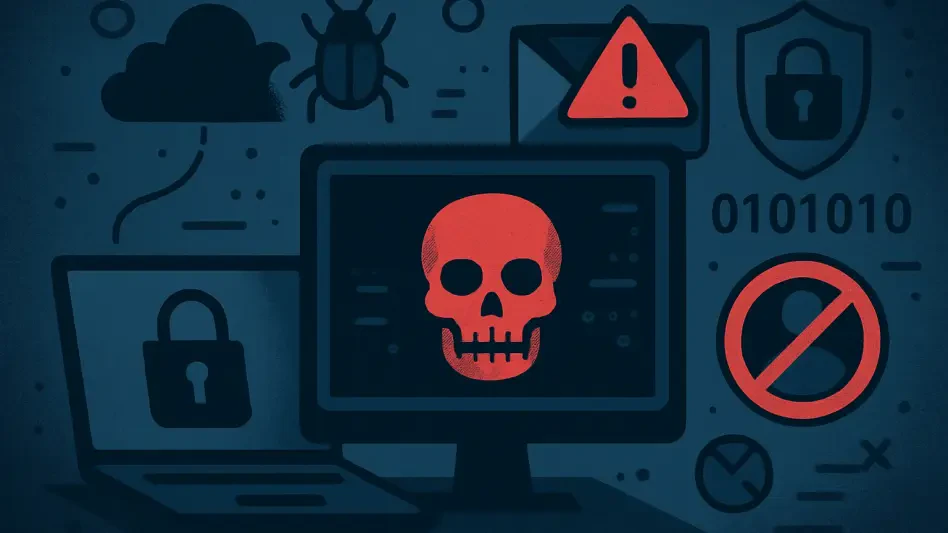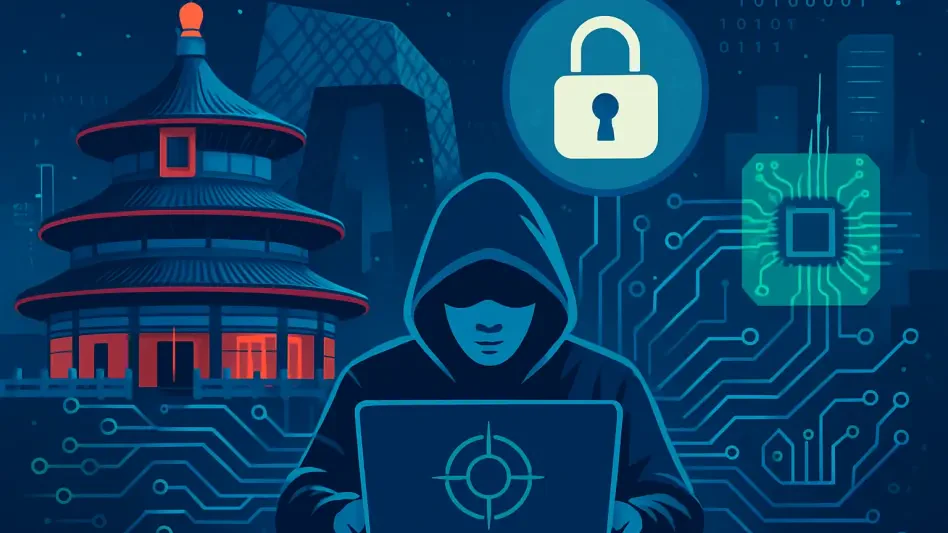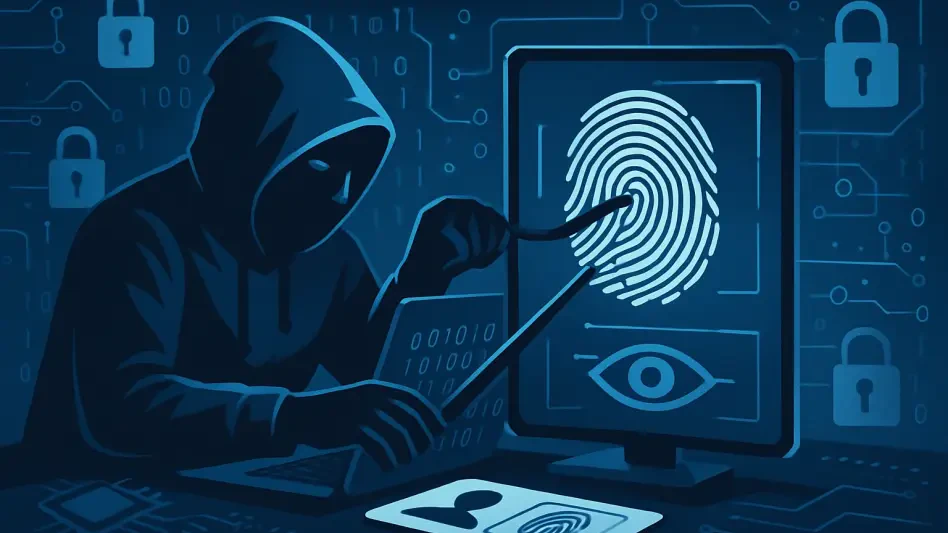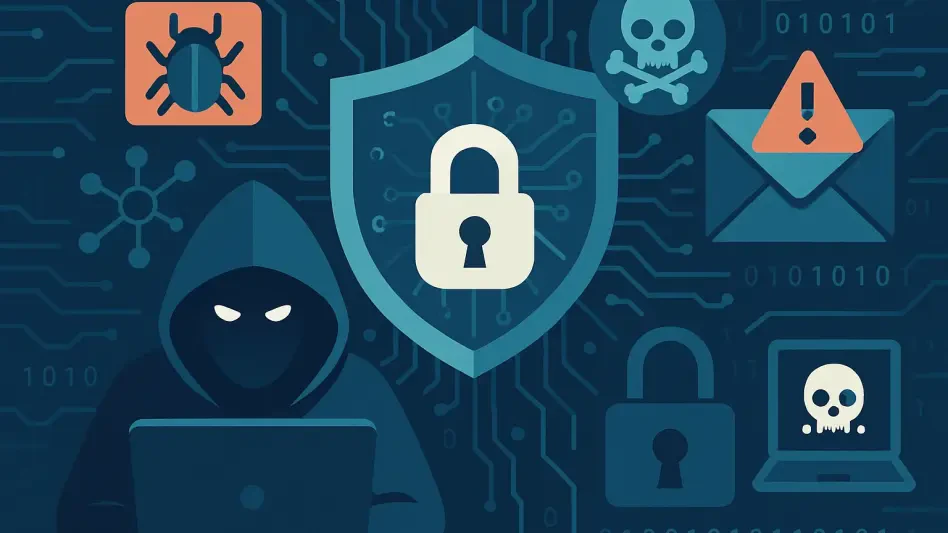In today’s digital landscape, organizations face an ever-growing array of cyber threats. Effectively managing these threats requires a strategic approach that begins with clearly defined intelligence requirements and prioritizes identity threat monitoring. This article provides practical advice for organizations aiming to detect and manage threat exposures across both the clear and dark web effectively, guiding companies through essential procedures to enhance their cybersecurity posture.
Defining Priority Intelligence Requirements
The Importance of PIRs
Priority Intelligence Requirements (PIRs) are crucial for identifying specific threats relevant to an organization. Originally a military concept, PIRs help answer the critical question, “What do we need to know?” Many organizations, especially those with less mature security operations, often overlook this step. PIRs provide a structured approach to threat detection by focusing on relevant intelligence. By defining what intelligence is critical, organizations can concentrate their monitoring efforts on pertinent cyber threats. This clarity is essential in navigating the vast expanses of both the clear and dark web, enabling more effective threat management.
Implementing PIRs means an organization needs a clear understanding of its unique environment and potential risk factors. This understanding facilitates targeted intelligence gathering, reducing the likelihood of missing critical threats while sifting through irrelevant data. For many, it would start with a straightforward strategy, such as utilizing a basic spreadsheet to list primary cybersecurity concerns. From this foundation, the PIRs can evolve, becoming more sophisticated as the organization’s security measures mature. The methodical identification and refinement of PIRs ensure that security operations focus on what truly matters, rather than getting overwhelmed by the sheer volume of possible threats.
Tailoring PIRs to Industry Needs
Different industries have unique cybersecurity concerns that influence the tailoring of Priority Intelligence Requirements. For example, healthcare institutions, bound by regulations like HIPAA, must prioritize the monitoring of patient data breaches. This focus is crucial in protecting sensitive health information from being exposed or misused. On the other hand, retail brands face threats such as counterfeit products and fraudulent websites that can damage their brand reputation and consumer trust. These organizations need to watch for signs of brand impersonation or fake goods being circulated in the market.
Starting with a basic spreadsheet listing the top critical cybersecurity concerns specific to the industry is a practical initial step. Over time, this list can be expanded and refined as the organization develops a more nuanced understanding of its threat landscape. Additionally, industry regulations and emerging threats should influence the evolution of PIRs, ensuring that the intelligence requirements remain relevant and comprehensive. This focused approach allows organizations to align their security operations with the threats most pertinent to their sector. As a result, they can allocate resources more efficiently and enhance their overall cybersecurity posture.
Prioritizing Identity Threat Exposures
Shift to Credential-Based Exploits
Traditional hacking methods are increasingly being overshadowed by sophisticated credential-based exploits. Given the widespread reliance on enterprise SaaS suites like Microsoft 365 and Google Workspace, defending these identity controls becomes vital. Cybercriminals are focusing their efforts on acquiring credentials that provide access to these platforms, as these credentials can offer a gateway to a wealth of sensitive information and critical systems. Monitoring for leaked credentials or logs due to stealer malware is therefore essential in protecting against such threats.
The 80/20 rule applies significantly in this context, where focusing on the most significant vulnerabilities can yield the most substantial security benefits. According to the Verizon Data Breach Investigations Report, stolen credentials were the most common action observed in breaches in 2023. The prevalence of credential-based threats highlights the need for organizations to prioritize identity threat exposures in their security strategies. By identifying and addressing these particular threats, organizations can mitigate a significant portion of their overall cybersecurity risk, ensuring that their defenses are robust where it matters most.
Understanding Exposure Tiers
Understanding the varying levels of identity threat exposures is crucial for effective threat management. These exposures can be categorized into three tiers, each presenting different levels of risk. Tier 1 includes widely available leaked credentials, which are typically outdated or common and thus pose a lower risk. These credentials, often sourced from older breaches, still require attention but do not present as immediate a threat compared to more current data.
Tier 2 encompasses more recent breaches with up-to-date credentials, representing a moderate risk. These breaches involve credentials that are still valid and potentially in active use, making them more attractive targets for cybercriminals. Monitoring and responding to these exposures is vital in preventing unauthorized access and limiting potential damage. Lastly, Tier 3 is the most critical, involving comprehensive stealer logs. These logs contain detailed information, including usernames, passwords, active session cookies, and browser history. Such data is highly exploitable and often leads to significant breaches.
Incidents involving organizations like Ticketmaster and Santander Finance illustrate the severe consequences of Tier 3 exposures. Addressing these high-risk scenarios requires immediate and robust response measures to prevent substantial breaches and mitigate their impacts. By categorizing and understanding the different levels of identity threat exposures, organizations can prioritize their efforts and allocate resources more effectively, enhancing their overall security posture.
Leveraging Automation for Threat Detection
Integrating Advanced Systems
Automation plays a crucial role in enhancing threat detection and response. Integrating advanced systems like Security Information and Event Management (SIEM), Security Orchestration, Automation, and Response (SOAR), and Extended Detection and Response (XDR) can streamline the process of identifying and mitigating identity threats. These technologies enable organizations to process large volumes of data efficiently, identify potential threats in real-time, and automate responses to minimize the impact of security incidents. By leveraging automation, organizations can enhance their threat detection capabilities, ensuring a more proactive approach to cybersecurity.
SIEM systems are designed to collect and analyze security data from various sources, providing a comprehensive view of an organization’s security posture. SOAR platforms, on the other hand, automate the response to detected threats, reducing the time and effort required for manual interventions. XDR extends these capabilities by providing integrated threat detection and response across multiple security layers, including endpoints, networks, and cloud environments. The combination of these technologies creates a robust and efficient security framework, enabling organizations to stay ahead of emerging threats and safeguard their critical assets.
Benefits of Automation
The benefits of automation in threat detection and response are manifold. Automation enables organizations to respond promptly to potential exposures, significantly reducing the risk of exploitation. This approach ensures a prompt and efficient response to the complex data inherent in cybersecurity threats. One of the primary advantages of automation is the ability to handle the volume and complexity of security data effectively. With the growing sophistication of cyber threats, manual analysis and response become increasingly impractical. Automated systems can process vast amounts of data, identify patterns and anomalies, and initiate responses within seconds, enhancing the agility and resilience of security operations.
Moreover, automation reduces the burden on security teams, allowing them to focus on more strategic tasks. By automating routine and repetitive processes, such as threat hunting and incident response, organizations can optimize their resources and improve operational efficiency. This shift not only enhances the effectiveness of cybersecurity measures but also boosts the morale and productivity of security personnel, who can now dedicate their expertise to addressing more complex challenges. Ultimately, the integration of automation in threat detection and response represents a critical advancement in the ongoing battle against cyber threats.
Flare’s Threat Exposure Management Platform
Continuous Scanning and Prioritization
Flare’s Threat Exposure Management (TEM) platform offers a solution to the challenges of continuously monitoring the clear and dark web, along with prominent threat actor communities. This platform provides continuous scanning to detect unknown events and prioritize risks, delivering actionable intelligence that helps organizations improve their security posture instantly. By leveraging Flare’s TEM, organizations can stay ahead of emerging threats and ensure a more proactive approach to cybersecurity. The ability to prioritize threats based on their potential impact allows security teams to focus on the most critical issues, enhancing the overall efficiency and effectiveness of threat management efforts.
Flare’s TEM platform is designed to support a wide range of security operations, from initial threat detection to response and remediation. By continuously scanning for potential threats and providing real-time alerts, the platform enables organizations to address security issues before they escalate. This proactive stance is essential in the modern threat landscape, where cyber-attacks can evolve rapidly and cause significant damage if not promptly addressed. The integration of Flare’s TEM into existing security programs also allows organizations to consolidate their threat management efforts, streamlining operations and reducing the need for multiple disparate tools.
Seamless Integration
In today’s increasingly digital environment, organizations are encountering an expanding range of cyber threats. To manage these threats effectively, it’s essential to adopt a strategic approach that begins with precisely defined intelligence requirements. Prioritizing identity threat monitoring is crucial in this process. This article offers actionable guidance for organizations seeking to detect and handle threat exposures across both the clear and dark web efficiently. It assists companies in navigating critical procedures to bolster their cybersecurity posture. One key focus is on establishing robust threat detection systems that monitor for suspicious activities and indicators of compromise. Another essential aspect involves continuous staff training and awareness programs to ensure employees understand the risks and know how to respond to potential threats. By following these practical steps, organizations can significantly improve their ability to safeguard sensitive information and maintain the integrity of their digital assets.







